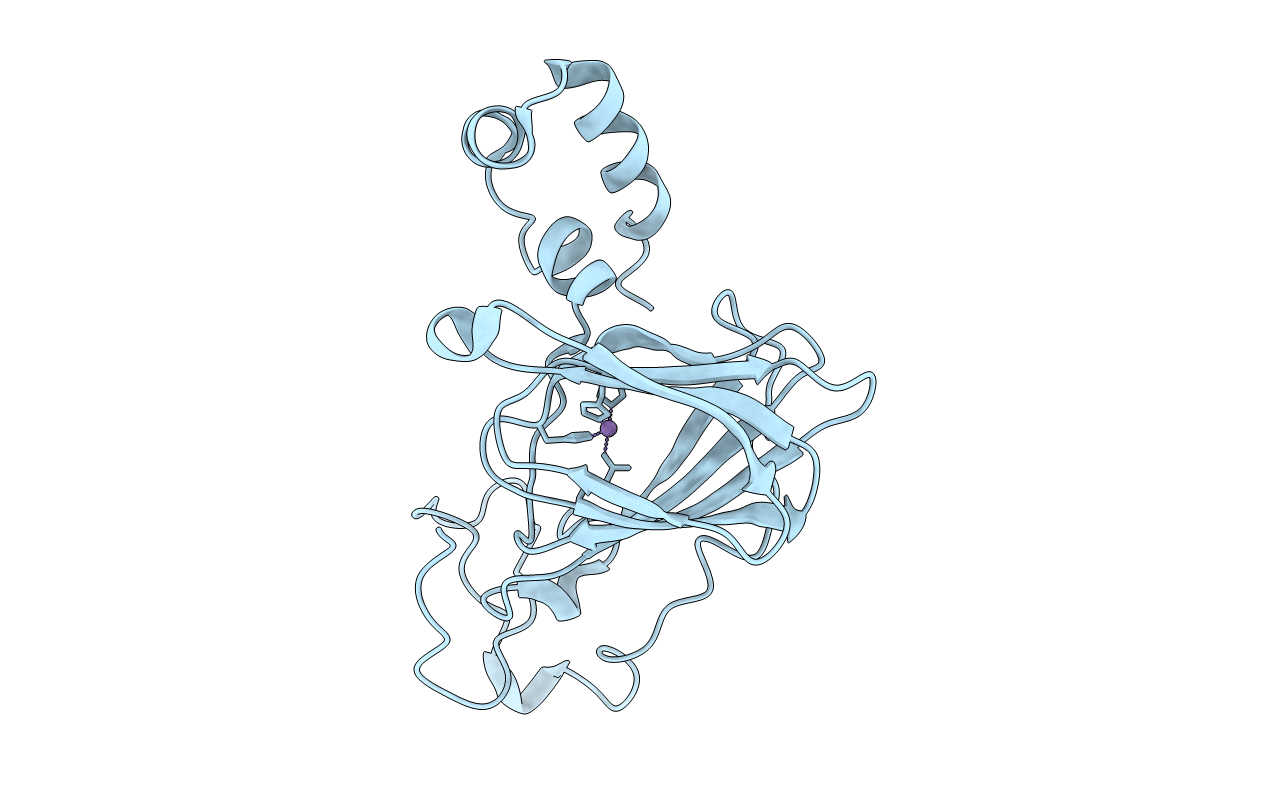
Deposition Date
2005-10-27
Release Date
2005-11-22
Last Version Date
2024-11-20
Entry Detail
PDB ID:
2ET7
Keywords:
Title:
Structural and spectroscopic insights into the mechanism of oxalate oxidase
Biological Source:
Source Organism:
Hordeum vulgare (Taxon ID: 4513)
Host Organism:
Method Details:
Experimental Method:
Resolution:
1.70 Å
R-Value Free:
0.21
R-Value Work:
0.16
R-Value Observed:
0.16
Space Group:
H 3 2


